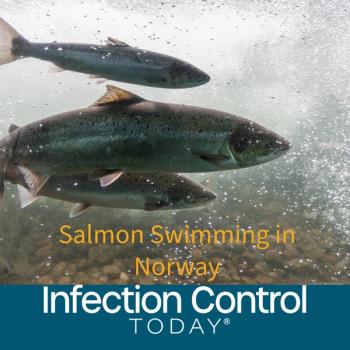
Infection Preventionists Prepare to Ride the Second Wave of COVID
Those of us in healthcare and infection prevention must focus on sustainable efforts to combat COVID-19. How do we maintain readiness and response without burnout? There’s no solid answer to this, but a big piece really goes into the establishment of plans and education.
While cases in New York City have been on the decline and many states are reopened or in the process of reopening, across the United States, 6 states are seeing record high cases. Arizona, Florida, Oklahoma, Oregon, and Texas are all seeing major spikes in their cases of COVID-19. For many, this is
With well over 2 million cases in the United States, the question then becomes has the second wave begun or are we still experiencing the first wave? Or has the first wave been so rough that it’s blending into the second wave?
For many, it seemed like the first wave of COVID-19 cases was mild and didn’t feel as chaotic as what we saw across some U.S. cities, while others experienced deeply traumatizing, overwhelmed hospitals. That so many of us were in different periods of the outbreak often lends itself to many thinking we’re through the first wave … or even the pandemic. Cheer down. As we’re seeing in many states, that’s just not the case. For many, this is the first wave.
Those of us in healthcare and infection prevention must focus on sustainable efforts to combat COVID-19. How do we maintain readiness and response without burnout? There’s no solid answer to this, but a big piece really goes into the establishment of plans and education.
For those scaling down, what are your indicators for scaling back up? Sometimes the hardest thing is recognizing when we need to start looking again at personal protective equipment (PPE) re-use efforts, surge capacity, and all the other aspects of pandemic response that had to be implemented initially.
The good thing is that we have knowledge on our side, both in terms of lessons learned and hopefully having some more processes already in place; processes that don’t need to be created or revised. Having COVID-19 plans, like information on extended use of N-95 masks, or duration of isolation, available online on intranets can be immensely helpful.
Another piece to this is reiteration of training and screening. While most are using universal masking practices for all hospital employees, how confident are we in their compliance or habits? Now is the time to do educational roadshows on PPE and isolation precautions. They don’t have be long, but it’s a nice way to stop by units not treating COVID-19 patients and discuss proper masking practices. (For instance, wearing PPE all day is rather novel for most of us.)
Moreover, this is the time to chat with staff about hospital plans and address questions they might have. Using those quiet moments to invest in sustainable COVID-19 infection prevention goes a long way and helps to reduce the long-term burden on the infection preventionists. Giving staff the skills to not only be safe, but also critically think through infection prevention situations, is critical to their safety and that of the patient.
In the beginning, we were rapidly trying to do training and education, acquire PPE, and develop educational materials and processes. Now is the time to regroup and refine our practices, like ensuring staff understand when isolation precautions for COVID-19 patients can be discontinued, or where the information is available to give to patients being sent home, but still requiring isolation. These are a just a few lessons learned and a handful of things that can help guide us to a more sustainable approach to COVID-19.
Newsletter
Stay prepared and protected with Infection Control Today's newsletter, delivering essential updates, best practices, and expert insights for infection preventionists.





